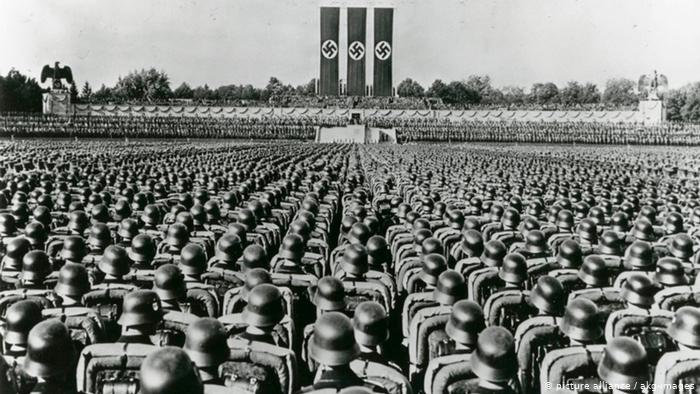Throughout history, Nuremberg has attracted much attention. Built in medieval times, the imperial castle there is the symbol of the city, its most striking landmark. Nuremberg is famous for its Christmas Market where renowned Nuremberg culinary specialities are sold, including Lebkuchen (gingerbread), Ochsenmaulsalat (ox tongue salad), Rost Bratwürste (grilled sausages) and Glühwein (mulled wine). Richard Wagner, a vicious antisemite, composed the opera, ‘The Master-Singers of Nuremberg’ in 1868.
Other historic events and sites linked to Nuremberg have also gained worldwide reputation. Nuremberg was a stronghold of the Nazis. The city provided the space for the annual Nazi party rallies. Concluding the Nazi party rally in September 1935, a special session in the German Parliament made public the Nuremberg Race Laws. These were to serve as the basic laws of Hitler’s empire, providing the ‘legal’ framework for the destruction of Jewish life. These laws were looked upon by Germans as the ‘Final Solution to the Jewish Problem’.
After the war, the Justice Palace is Nuremberg served as the court room where a handful of top Nazi leaders were held accountable for their heinous crimes. Here, the Nuremberg Laws were presented as evidence for the persecution and murder of the Jews.
Read the article by Emeritus Professor Konrad Kwiet, Resident Historian at Sydney Jewish Museum on the Sydney Jewish Museum website.

